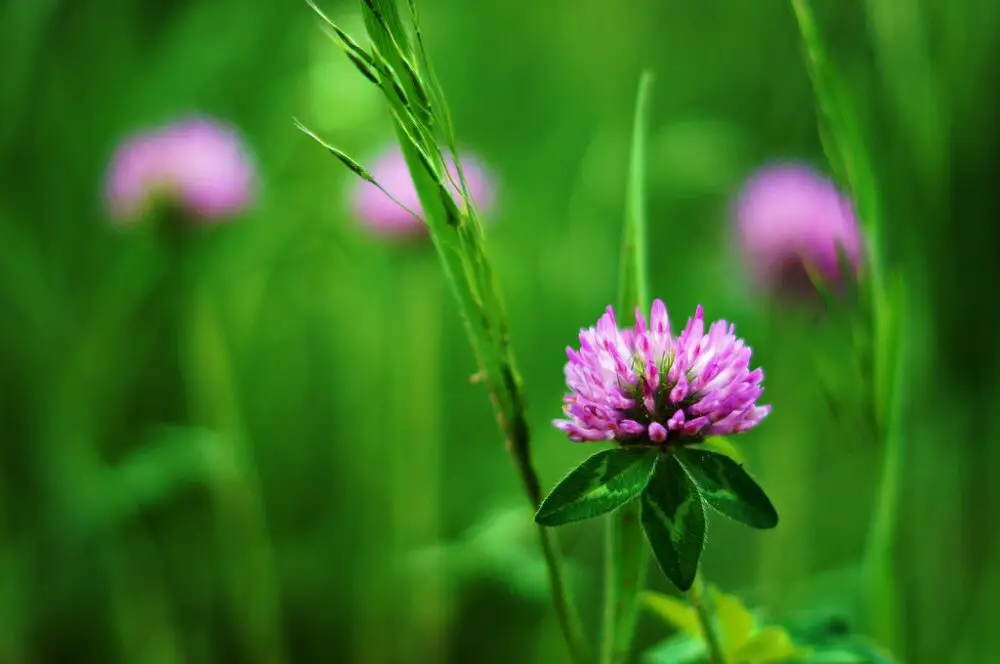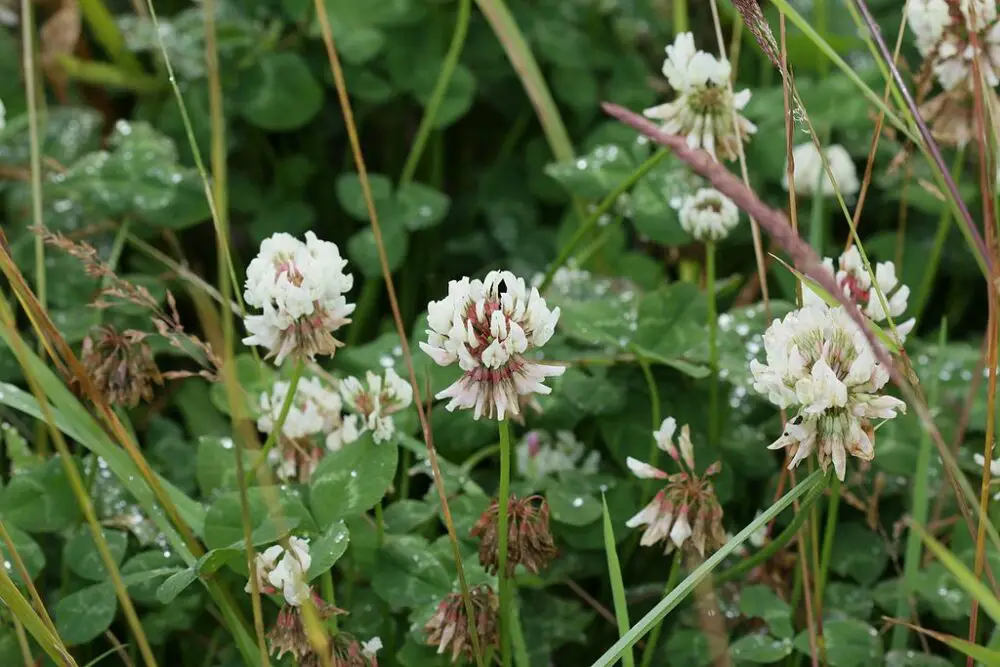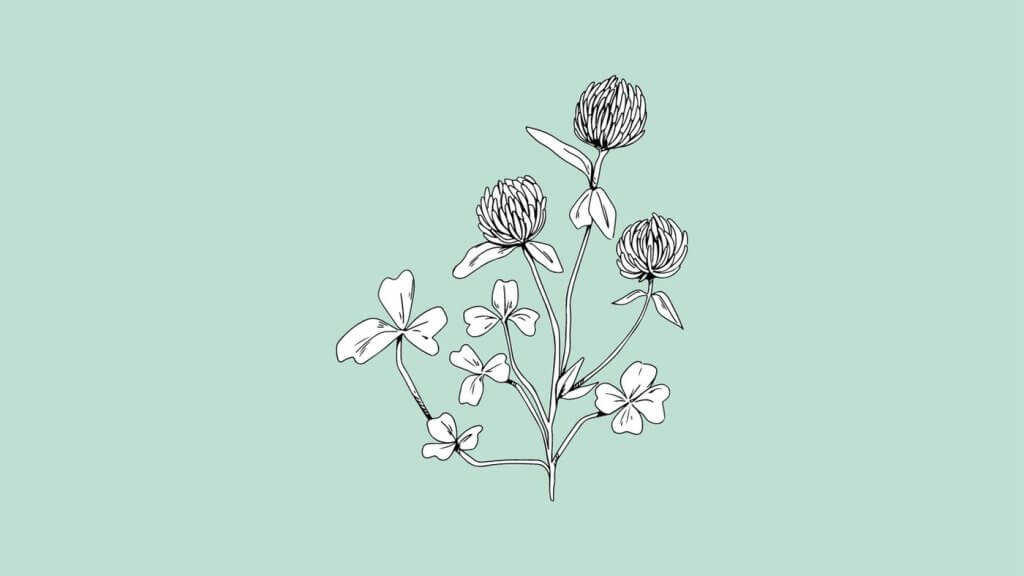Alsike clover, scientific name Trifolium hybridum, is a flowering plant. It should not be confused with its close cousins, white clover or red clover. Although poisonous to horses and some cattle, the same toxicity is not experienced by humans. Both the leaves and flowerheads of alsike clover are edible.
It does, however, have several synonyms, including:
- Trifolium elegans
- Trifolium hybridum ssp. elegans
- Trifolium hybridum var. elegans
- Trifolium hybridum L. var. pratense
First described by Carl Linnaeus, alsike clover is named for the small town in Sweden where he first made note of it.
It’s now often used as a cover crop and as a soil stabilizer. Its small pink and white flowers are also great attractors of pollinators, particularly long-tongued bees.
What Are You Foraging For Right Now?
We're thrilled to hear your ideas. What would you like to submit today? Feel free to share your thoughts and experiences with us.
Where does it grow?
Although not native to North America, alsike clover can be readily found growing along roadsides and in fields and pastures in many areas of the world, including cooler areas of the United States.
It’s often found growing as an accompanying plant within grasses and along with other clover species as a means to improve soil.
This short-lived perennial prefers moist, cool climates and full sun. It’s easily found at higher elevations and does not do well in areas prone to drought or extended dry seasons.
In some areas, alsike clover may become an invasive species displacing other plants. Additional information on management can be attained from your local NRCS field office.
The best purposeful growth will occur in USDA hardiness zones 3-8.
How to identify alsike clovers?
Alsike clover has distinctive whitish to pale pink, single-headed flowers that sit atop long stalks that grow 2-3 inches upward from the leaf axil. The hairless calyx tube that maintains the flower is white and has bright green teeth.
The densely packed flower heads have a shaggy appearance with sharp, pointed petals that curve upward.
The plant itself can grow to a height of 2-4 feet and has oval-shaped palmately compound leaves with lightly serrated edges. The stems are hairless and ascend upward, taking on a semi-erect, leaning appearance as the flower matures.
Each flower of the alsike clover produces 2-4 heart-shaped seeds. These seeds are small and reside in short pods that are greenish-brown in color, turning black as they age and release the clover seeds.

Is alsike clover the same as red clover?
Alsike clover and red clover are both legumes and have a similar appearance, but they are not the same plant.
Knowing the difference is crucial as alsike clover can be toxic to horses and is often found as part of the growth mixture in pastures designed for grazing.
Horses fed hay or grazing on alsike clover can suffer from alsike clover poisoning.
Symptoms of this poisoning in horses include:
- Bloating
- Photosensitivity (sunburn)
- Colic
- Increased temperature
- Intestinal distress
- Lesions in mouth
- Kidney issues
Some key differences to look for are shown in the chart below.
| Identifiers | Red clover | Alsike clover |
| Flower color | Reddish purple | Whitish pink |
| Growth type | Biennial | Perennial |
| Plant height | 1-2feet | 2-4 feet |
| Leaf appearance | White V | No white V |
| Leaf edge | No serration | Serrated |
| Hair on leaves and stems | Yes | No |

What is the difference between alsike clover and white clover?
Alsike clover bears a close resemblance to its cousin, white clover (Trifolium repens) and it can be difficult to distinguish between the two.
The flower head of alsike clover has a long, stalk-like portion called a peduncle that provides support.
Flower heads of white clover, on the other hand, are supported by stipules.
Leaves of alsike clover can be distinguished by the clear, unmottled appearance and absence of a “V” at the base, something that is characteristic of both white and red clover.
Alsike clover is also the tallest of the clovers at 2-4 feet.

Is alsike clover poisonous to humans?
Although poisonous to horses and some cattle, the same toxicity is not experienced by humans.
Other grazing livestock may suffer negative effects as well, with the worst symptoms being experienced by the lightest-skinned animals.
Is alsike clover edible?
Both the leaves and flowerheads of alsike clover are edible for humans.
The leaves should be cooked prior to eating; otherwise, they will cause gastrointestinal distress.
The flowers can be eaten raw and have a slightly sweet flavor. Some feel they have a thirst-quenching effect and a mildly energizing effect.
As with all wildly foraged food, be sure of your identification and any contaminants before ingesting it. It’s also a good idea to start with small amounts to determine any potential allergic reactions.
Alsike flower uses
Fresh alsike flowers can be used to make a unique and slightly sweet tea. When dried, they can be ground to create flour.
Lorin is a writer, photographer and nature enthusiast in Sacramento, CA. In addition to gardening, she makes a regular practice of forging for edible plants and flowers. Nature nourishes if you know where to look.

